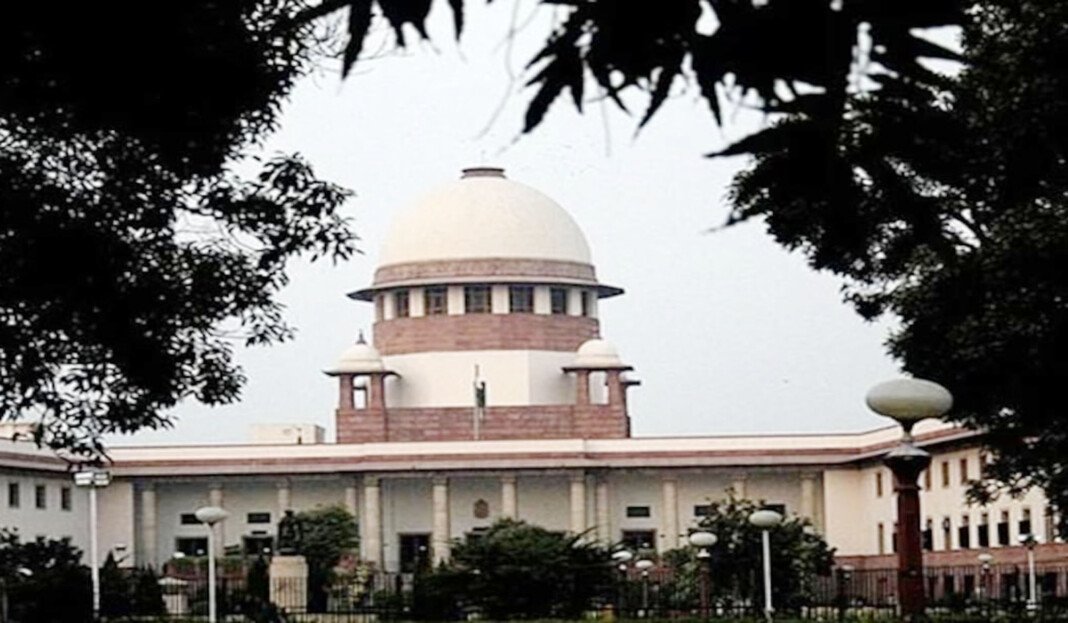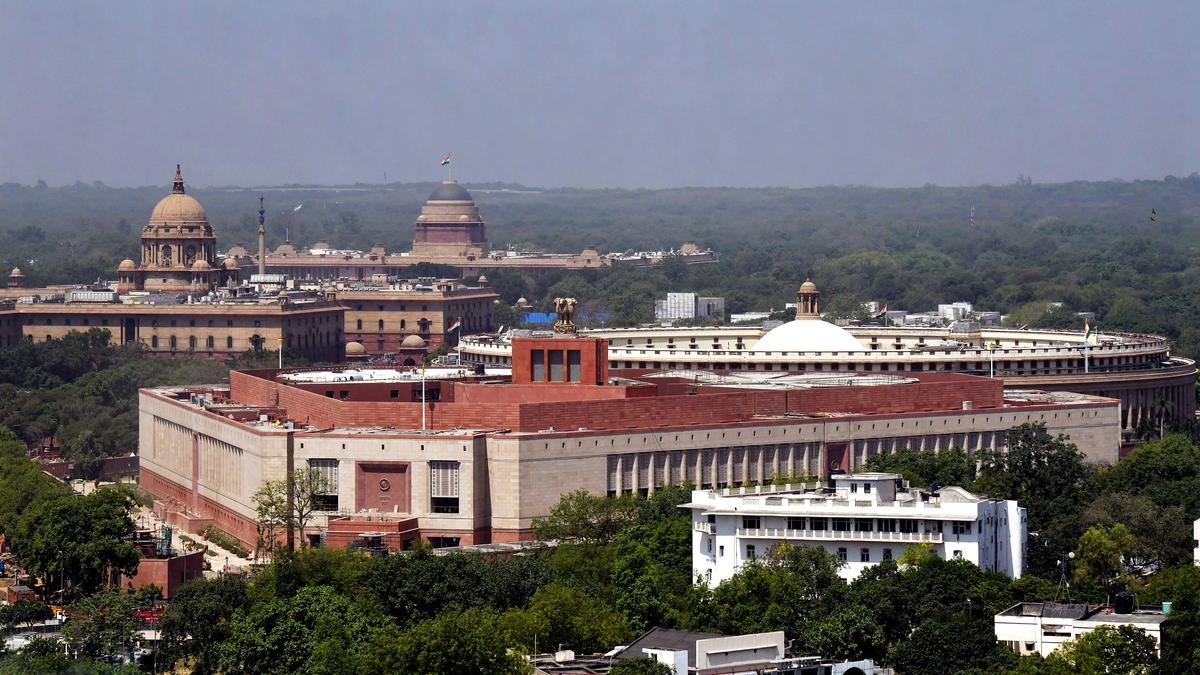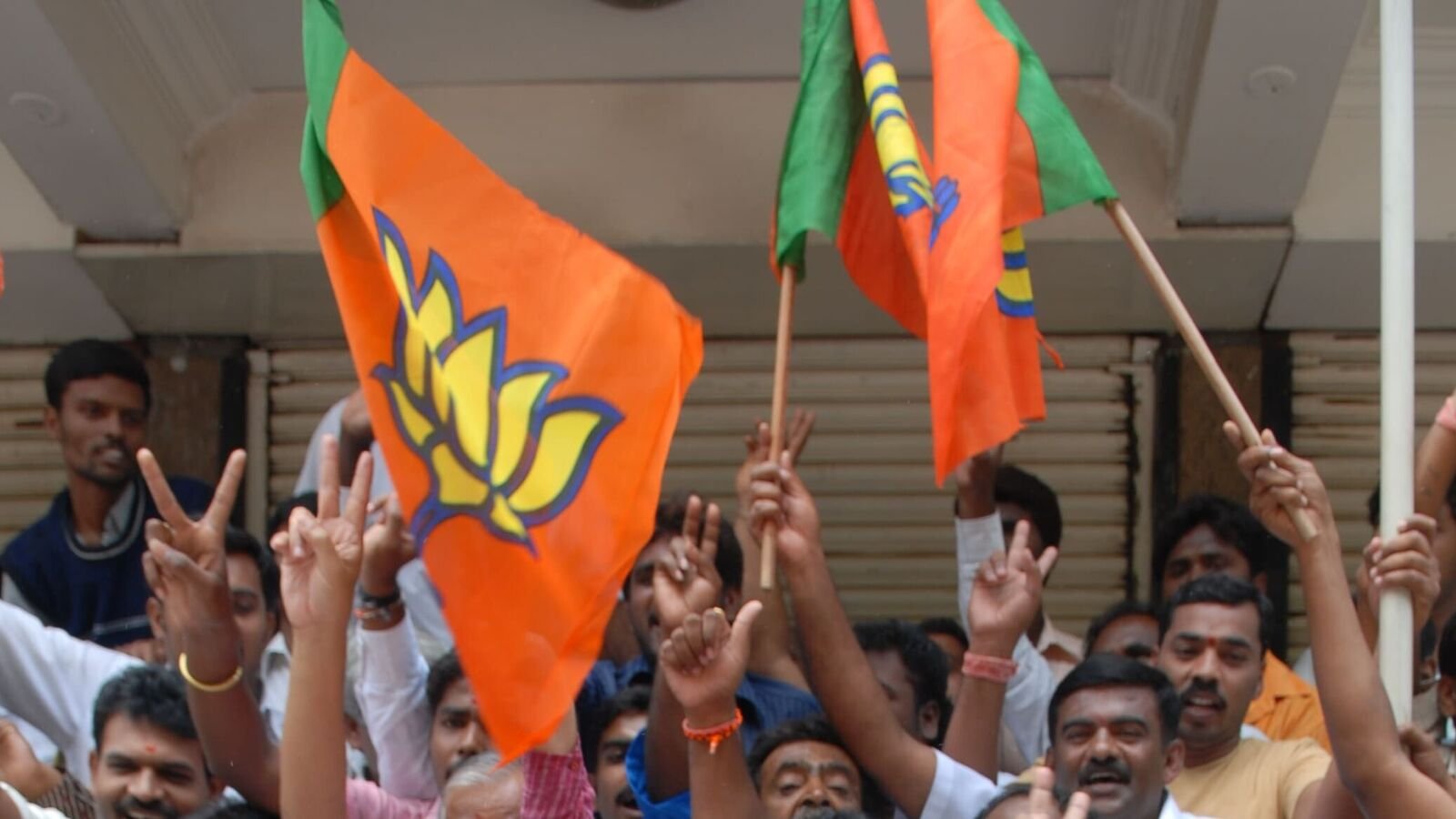By: Dipak Kurmi
The move by the Narendra Modi government, shortly after its triumph in the May 2019 Lok Sabha elections, to introduce a bill in Parliament in August 2019 aimed at abolishing Article 370 of the Constitution was a clear instance of political maneuvering. This decision transpired at a juncture when Jammu and Kashmir had no elected government, having transitioned from Governor’s Rule in December 2018, which was initially valid for six months, to President’s Rule in June 2019.
The Bharatiya Janata Party, with a longstanding desire to revoke Article 370 dating back to its Jan Sangh days in the 1950s under Syama Prasad Mookerjee, successfully realized a crucial aspect of its political agenda. Legitimate politics, regardless of one’s disagreement with the right-wing party’s ideology, played out. Despite holding a parliamentary majority, the party refrained from openly campaigning on its agenda to remove Article 370. The strategic political maneuvers, characterized by a certain degree of stealth, could be argued as a legitimate and calculated tactic.
The legal challenge to the abrogation of Article 370, the elimination of Jammu and Kashmir’s statehood, and its division into two Union territories (UTs) – Jammu and Kashmir, and Ladakh – surfaced in the Supreme Court in 2019. However, the Supreme Court opted to address the issue only at this juncture, paralleling its approach in the Ayodhya’s Babri Masjid-Ram Janmabhoomi case in November 2019 and the demonetization matter of November 16, 2016, which it deliberated on in 2022.
The political resonance of the Article 370 abrogation and the bifurcation of the state into two Union Territories had subsided, with no anticipation that the Supreme Court would nullify the Article 370 revocation or the dissolution of Jammu and Kashmir’s statehood.
Chief Justice D.Y. Chandrachud, accompanied by Justices B.R. Gavai and Surya Kant, affirmed the abrogation in a 352-page judgment, albeit in an indirect manner. The judges found it convenient to lean on the stipulated provision declaring it a temporary measure, while dismissing the feeble argument presented by senior lawyer Kapil Sibal and others. They contended that once Kashmir’s Constituent Assembly concluded in 1956, there existed no avenue to amend Article 370.
The remaining two members of the five-member bench, Justices Sanjay Kishan Kaul and Sanjiv Khanna, issued concurring judgments. Surprisingly, Chief Justice Chandrachud and his colleagues opted to assert that Jammu and Kashmir relinquished its sovereignty with the Instrument of Accession signed by Maharaja Hari Singh in October 1947. Consequently, they argued that the special status provision of Article 370 was unsustainable.
The judges’ contention that the Constitution of Jammu and Kashmir and Article 370 suggested residual sovereignty is indeed intriguing. The notion becomes peculiar when considering that once Jammu and Kashmir became part of the Dominion of India in 1947 and India attained republic status in 1950, the concept of separate sovereignty for Jammu and Kashmir ceased to be applicable.
The temporary provision, Article 370, contained a clause stating, “The President may, by public notification, declare that this article shall cease to be operative or only be operative with such exceptions…” The subsequent proviso, however, emphasized, “Provided that the recommendation of the Constituent Assembly of the State referred to in clause (2) shall be necessary before the President issues such a notification.”
This has been rationalized by highlighting the absence of a state legislature, with Governor’s Rule transitioning to President’s Rule, making it the prerogative of Parliament to make the decision. However, from a standpoint of democratic morality, it would have been preferable for a significant decision, such as the abrogation of Article 370, to occur when there was an elected Legislative Assembly and government in Jammu and Kashmir. While the entire process was legally sound, its political implications were, to say the least, questionable.
The second major issue revolved around whether the Centre possesses the authority to abolish a state or divide it into two Union territories. The Supreme Court opted not to delve into the matter as solicitor-general Tushar Mehta assured the judges that elections would be conducted, and Jammu and Kashmir’s statehood would be reinstated. However, it would have been fitting for the court to pronounce its judgment on the legality of the abolition of statehood. While Article 3 grants unrestricted powers to the Union to modify state boundaries, the question arises whether federalism, considered a fundamental part of the Constitution’s basic structure, was violated by the government’s actions. It becomes imperative for the court to take a stance on whether the move encroached upon the federal, and thereby the basic, structure of the Constitution.
The Supreme Court and the Narendra Modi government find themselves in alignment on significant issues of concern, with only minor variations. Given this, it comes as no surprise that Prime Minister Narendra Modi expressed his contentment with the Supreme Court’s verdict in a written article. However, a crucial question lingers: Have the BJP and Modi successfully garnered the support of the people of Jammu and Kashmir?
The Kashmir Valley currently experiences a semblance of tranquility, yet the question arises: Is it a peace rooted in harmony or a peace born out of fear? Despite assertions by Modi and Union Home Minister Amit Shah proclaiming stability in the Valley, there lacks independent validation. While it is crucial to eradicate terrorism, it is equally essential to acknowledge and respect the divergent opinions held by the people of Kashmir towards both the state government and the Centre.
The new Union Territory status hasn’t appeased even Hindu-majority Jammu. The only assertion the Modi government can put forth is that the alteration in the status of Jammu and Kashmir was driven by national security concerns. National security is undeniably a delicate matter, often serving as a rationale for significant changes. Nevertheless, the ultimate safeguard lies in the trust of the people of the former state. While the people stand with India, there is a crucial need for the governments to reciprocate that trust. (The writer can be reached at dipaknewslive@gmail.com)







